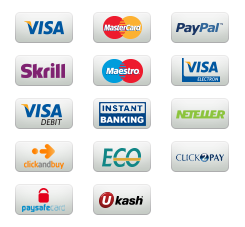The role of a consultant at Amazon dedicated to creating and reinforcing the company’s ideal culture
Assume the role of a consultant at Amazon dedicated to creating and reinforcing the company’s ideal culture. You have been asked to assess Amazon’s current company culture, determine ways that it can be improved, forecast potential changes through growth, and provide a plan for sustaining cultural longevity through employees.
Using the materials provided to you, as well as at least three additional resources pertaining to human resource management, prepare a PowerPoint presentation on the proposal for a strategic human capital development program focused on the transmission of company core values.
To communicate with Amazon’s executive team, you will present your analysis using PowerPoint. The analysis should be 8 to 10 slides. The strategic human capital analysis should reinforce the culture through
recruitment
training
retention
team development
organizational responsibility
The analysis should also consider Week 4’s contemporary human capital topic and predictive analysis.
In your presentation,
Determine ways to improve the company’s culture in a growth environment.
Provide recommendations regarding the company’s recruiting, training, development, and retention strategies.
Integrate contemporary human capital topics and predictive analysis.
Discuss potential global expansion on the company culture and success.
Formulate an overall organized and concise proposal for the company’s ideal culture supported through human resource management.
The- Amazon: Reinforcing Culture Through Human Capital Development final presentation
Sample Answer
Proposal: Reinforcing Amazon’s Culture for Sustainable Growth
Slide 1: Title Slide
Reinforcing Amazon’s Culture for Sustainable Growth: A Strategic Human Capital Development Program
- Presented to: Amazon Executive Team
- Presented by: [Your Name/Amazon Culture Consulting]
- Date: July 6, 2025
Slide 2: Executive Summary & Current Culture Snapshot
Executive Summary: This proposal outlines a strategic human capital development program aimed at refining Amazon’s core culture, ensuring its adaptability in a growth environment, and promoting its longevity through enhanced employee experience and value transmission. By strategically aligning recruitment, training, retention, team development, and organizational responsibility, we aim to cultivate an environment that balances Amazon’s pioneering “Day 1” ethos with increased psychological safety, empathetic leadership, and sustainable innovation.

 Our orders are delivered strictly on time without delay
Our orders are delivered strictly on time without delay  Our orders are delivered strictly on time without delay
Our orders are delivered strictly on time without delay 


